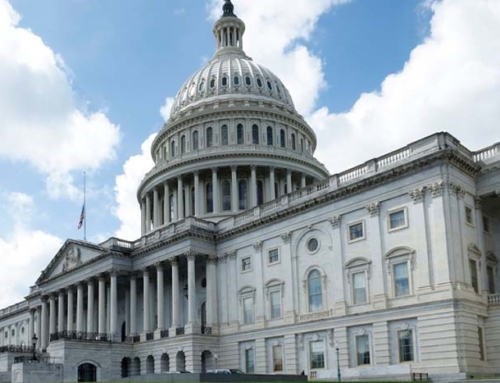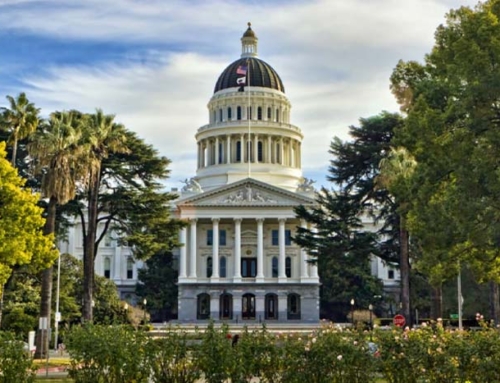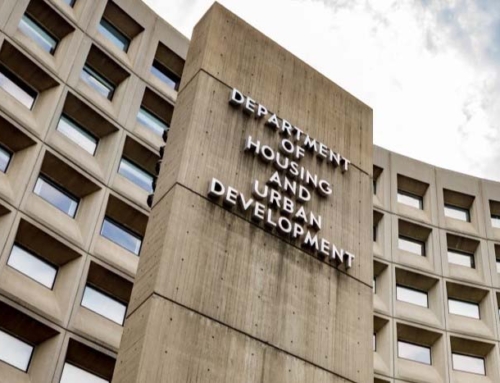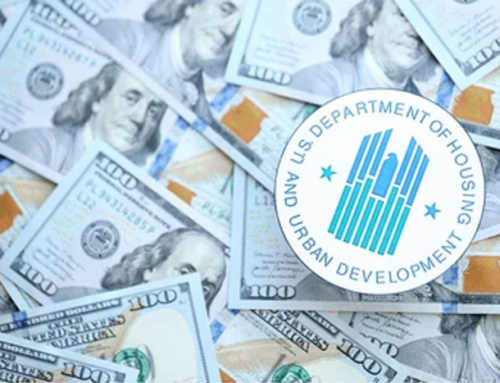The Federal government has until October 2022 to enact another spending bill for FY 2023, and the release of the President’s budget in late March kicked off the official budget appropriations season.
House Representatives had until last Friday, April 29, to submit their priorities to the House Appropriations Committee, while Senators have until May 13 to submit their priorities to the Senate Appropriations Committee. Appropriations leaders in the House and Senate met last Thursday, April 28, to begin negotiations over topline spending levels for both defense and non-defense discretionary programs in FY23. Senate Appropriations Chair Patrick Leahy (D-VT) noted he believes that he and his colleagues will reach an agreement on topline spending in the coming weeks. After reaching such an agreement, appropriators will be tasked with dividing up allocations among 12 spending packages and setting what are known as “302(b) allocations,” which determine total funding for each spending package.
Currently, Congress is not expected to pass the Budget by midterms and thus would likely need to enact a continuing resolution (CR) to extend the deadline. If a new party takes control of the House after the midterms, the CR would likely be extended into the new year to allow the new Congress to have a say in the final budget.
Democrats are embarking on one last attempt to revive a social spending bill ahead of the midterm election, but all parties have been keeping the last try relatively quiet. Sen Joe Manchin (D-W.Va.) recently convened a bipartisan energy and climate group and insists it is separate from any talks of a party-line reconciliation bill, but chances of success for either arrangement still seem slim. Some members of Congress fear that trying to negotiate a bipartisan climate deal, which is very unlikely to advance this year, will distract from and further delay reconciliation discussions.
© LeSar Holdings/LeSar Development Consultants. All Rights Reserved. Please be advised that any republishing of copyrighted material provided by our organization, in whole or in part, requires prior written authorization. For permission, please reach out to [email protected]. We appreciate your understanding and compliance in upholding copyright laws.






















